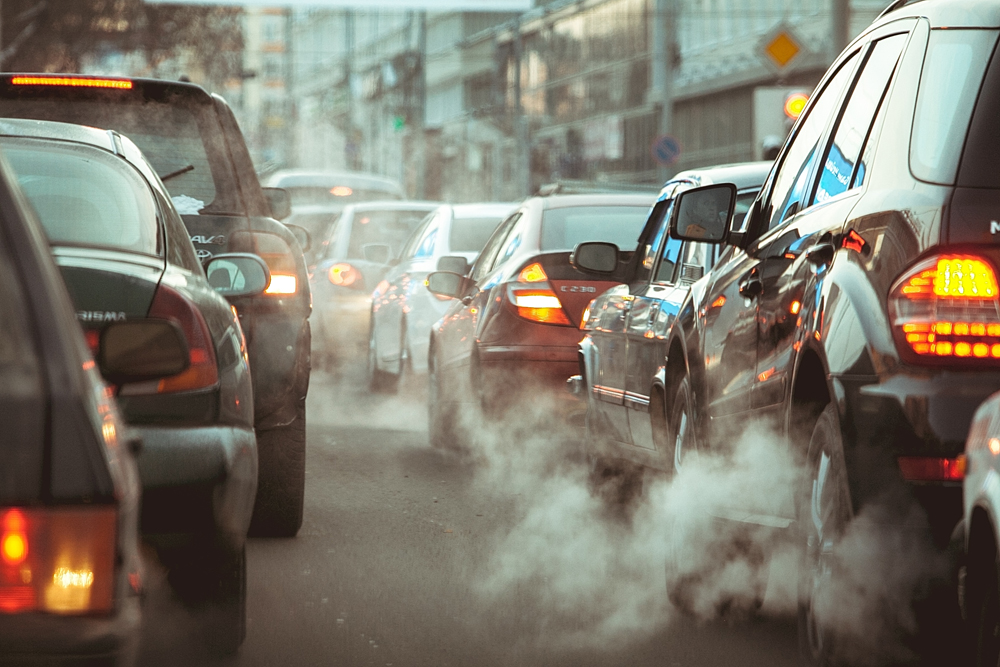
The road transport sector is a major contributor to greenhouse emission and air pollution and responsible for causing climate change, illness and death, especially in cities. Not taking immediate action to tackle these serious problems will have irreversible consequences for the environment, people’s health and life quality, exceeding the socio-economic impact of the current health crisis by far.
According to Jenoptik, road pricing is a very effective traffic demand management tool that can help reduce emissions and air pollution while improving congestion and road safety as shown in London, Stockholm, Milan and Singapore. Indeed, the new environmental report of the German advisory council on the environment suggests implementing a charge for the distance driven in cities and on all roads to enforce the climate policy in Germany and Europe, respectively.
Jenoptik says its high-end technologies for road user charging allow system operators to apply different pricing methods based on distance, cordon, zone or time and differentiate the road user charge according to environmental vehicle characteristics.
For dense urban areas, highly efficient automatic number plate recognition (ALPR) technology has been the main choice. Jenoptik provides advanced clean air solutions based on ANPR technology. These include smart picture processing with sensor fusion, comprising video capture and axle-based classification, and a highly featured back-office solution with real-time analytics. These solutions provide traffic managers with a valuable and highly cost-effective tool to address pollution levels and deliver real society benefits by managing effectively the greatest challenge of the next decade.














